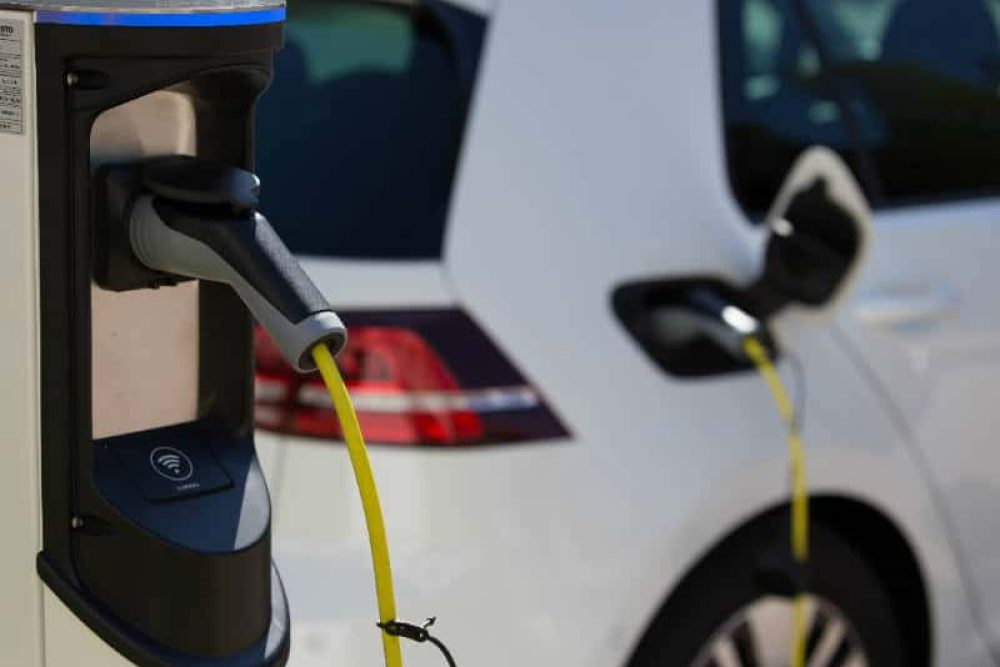COVID-19 has not only transformed people’s daily routines, it has impacted nearly every industry in every sector, but perhaps none more than transport.
With more people than ever working and shopping from home due to lockdowns, e-commerce is at an all-time high. One-quarter of British consumers—17.2 million people—say they plan to make the shift to online shopping permanent. Spending at Internet supermarket shops alone is up more than 100% year-on-year.
Whilst delivery fleets are upping capacity to meet the demand, commuter traffic is down. That has led to a corresponding drop in air pollution, which has fallen an average of 40% along London roads so far in 2020.
The clearer skies haven’t gone unnoticed. It’s one of the reasons BloombergNEF predicts the adoption of electric fleet vehicles such as delivery vans may accelerate due to the pandemic, especially in urban areas.
Another reason is the health benefits of moving toward electric mobility. One recent study found that tens of thousands of lives could be saved in Europe alone by embracing cleaner energy and transport options. Businesses play a crucial role in ensuring we “build back better” from this crisis. Decisions made in the coming months will have lasting impact on not only health, but the economy and environment for generations to come.
Fortunately, fleet electrification is already aligned with UK climate goals. The Government had previously identified the rapid adoption of electric vehicles as the “least cost pathway” to achieving the nation’s goal of net zero greenhouse gas emissions by 2050.
Prior to the pandemic, many fleets were adding electric vehicles to meet Government CO2 mandates and may face an even more accelerated timeline due to an expected ban on new petrol vehicle sales by 2030.
Whilst a switch to electric delivery vehicles will benefit society and the planet in myriad ways, some large shippers have determined it is also good for business. Amazon, which announced plans to purchase 100,000 electric delivery vans from EV startup Rivian in 2019, plans to deploy the first 10,000 “as early as 2022.” Last year, parcel giant DPD announced it would convert 10% of its fleet—more than 700 vehicles—to zero emission EVs by 2021.
The company achieved its goal in July, five months ahead of schedule. But some fleet leaders are still skeptical. That’s largely due to some persistent myths about EVs and the accompanying charging infrastructure. Times have changed though and, thanks to technology, many of those concerns are no longer relevant, including:
Electrical capacity
Whilst constraints to electrical capacity can be a real concern, modern Power Management software intelligently regulates available power, allowing site administrators to deploy more charging ports and to charge more vehicles without costly electrical upgrades.
Cost concerns
Electric vehicles are already comparably priced to their internal combustion engine (ICE) counterparts thanks to available grants and other incentives. Factor in much lower fuel and maintenance costs and they’re even more attractive. In terms of total cost of operation (TCO), EVs are now on par with ICE vehicles in part due to the added control over the charging costs but also because the energy market is stable, meaning energy prices fluctuate less.
Electric vehicles also have fewer moving parts than ICE vehicles and no metal on metal wear (a clutch system for example) which reduces maintenance costs. To combine this with the fact that by mid-decade, EVs will reach cost-parity with ICE vehicles, the choice will be even more clear.
Lack of public fast charging
Access to rapid charging is an important consideration when it comes to long distance routes (and it’s one that’s being addressed by the day), but the majority of deliveries are last mile. Because fueling an EV is more akin to powering up a mobile device than filling up at a petrol station, rapid chargers are unnecessary for most use cases. Scheduled depot charging and power sharing with smart networked Level 2 chargers is enough for many fleets.
The electrification of transport is happening. By choosing the right technology partners, businesses will be able to adapt quickly in an ever-evolving business environment. Those companies that do so will thrive in the new era of e-mobility. 2020 has taught us that we can’t know what tomorrow will bring.
But it has also highlighted the wisdom of being prepared for the unknown. By streamlining processes and implementing strategies to keep up with growing consumer demand, companies will be better equipped to face the next, inevitable, challenge.







